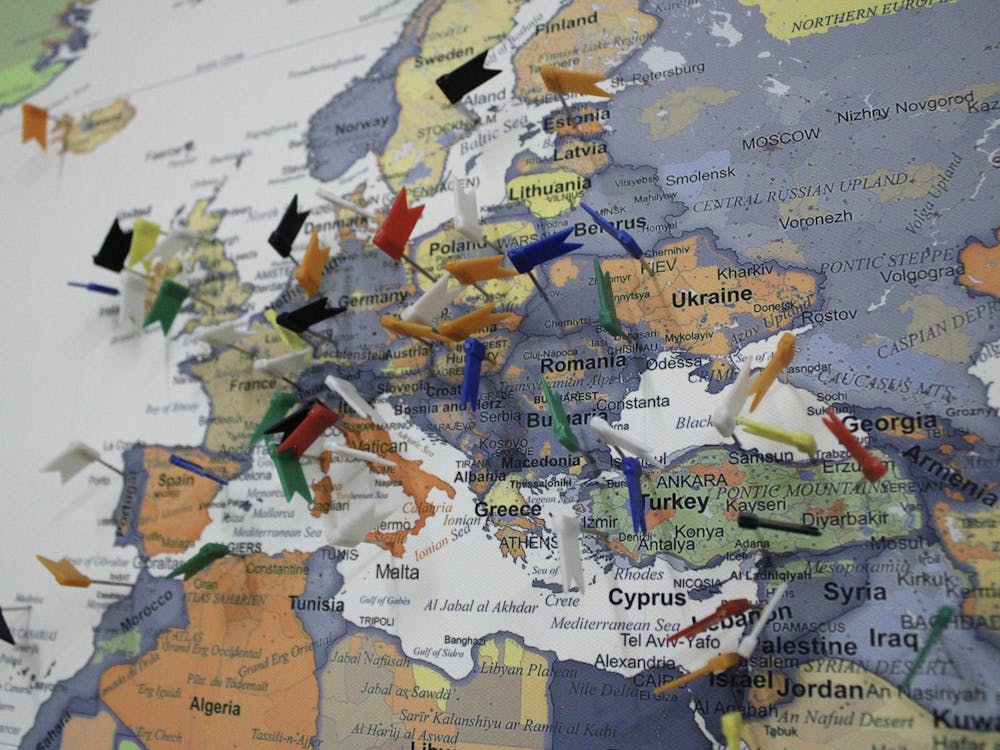WHEN SOMEONE asks the question "What time is it?" there should only be one answer.While daylight saving time intends to save energy through shifting daylight hours to more productive hours of the day, Congress' regulation of daylight saving time sparks a concern for the uniformity of time keeping. However, under the Uniform Time Act of 1966 which institutes daylight saving time, Congress threatens time's uniformityin two ways. First, lenient policies as to who has to follow daylight saving time create differences in time keeping from state to state, and second amendments to the bill that have changed the duration of daylight saving time through the past century.
The theory behind daylight saving time is simple -- add an extra hour of daylight to the end of the day at the expense of light in the morning.The theory is that more people are active during the evening, so this shift will allow people to use less electricity lighting their homes in the evening as opposed to natural sunlight.Yet there is evidence pointing out that extending daylight saving time by three weeks as Congress just has does not have the same drastic effect that it does during summertime months because the energy saved during the evening hours gets consumed in the morning by people preparing for work.
According to ABC News, two Ph.D candidates of economics at The University of California, Berkely: Ryan Kellogg and Hendrik Wolff, have found the "increase in morning electricity consumption is going to be so big that it offsets any benefits we get from the extra light in the evening," thus negating the effect.Kellogg and Wolff also found that when some Australian states extended their daylight saving time by a month and actually showed a slight increase in energy use in comparison to neighboring states that did not make the switch.
Regardless of whether daylight savings actually saves energy, the important issue at hand is that daylight saving time is not mandated by Congress but instead only set up for those states who wish to follow it.
The California Energy Commission explains, "The law does not require that any one [state] observe daylight saving time; all the law says is that if we are going to observe daylight saving time, it must be done uniformly." This at first makes sense, because uniform time is important for the synchronization of daily life, but when placed under more intense scrutiny, it becomes obvious that allowing individual states to choose whether to observe daylight saving time is the very definition of un-uniformed time.
Arizona, for example, chooses not to observe daylight saving time, so its residents follow standard time during the entirety of the year.While at present this poses no problem, one must consider the effect on time if more states decided not to use daylight saving time, something Congress obviously hasn't considered.If a checkerboard of states used daylight saving time, travel across the country would be an absolute mess, with even short interstate work commutes, from northern Virginia to Washington, D.C. or from New Jersey into New York City, becoming incredibly difficult to undertake.Simply because Arizona has a low population of cross-border commuters does not mean that they should be allowed to disregard daylight saving time.
To legitimize daylight saving time, Congress needs not only to mandate its uniform practice nationwide through a federal law, but it also needs to stop changing the definition of daylight saving time, and create a definite daylight saving time schedule. While daylight saving time is always one hour forward of Standard Time, Congress has changed the duration of daylight saving time due to a variety of reasons throughout the years. In the early 1900's, Congress repealed daylight saving time because it was unpopular with the American public, according to the California Energy Commission, and was also set forth as a year-round change during World War II. These fluctuations in daylight saving time have made it less legitimate -- a scary thought when thinking about an instrument as important as time.Undergoing many more changes, the most recent occurring this past weekend, it is hard to imagine a "uniform" time as set forth by the Uniform Time Act of 1966 when Congress makes constant amendments to the period over which daylight saving time is observed.
Congress needs to decide what exactly it wants to do with daylight saving time rather than allowing it to fluctuate as it has since its creation early in the 20th century.As the law currently stands, Congress has the power to change the duration of daylight saving time yet again if the new change is not effective.While this is acceptable for the time being, the decision must be made as to when daylight saving time will begin and end, and that decision must remain permanent.
Greg Crapanzano's column appears Wednesdays in The Cavalier Daily.He can be reached at gcrapanzano@cavalierdaily.com.






